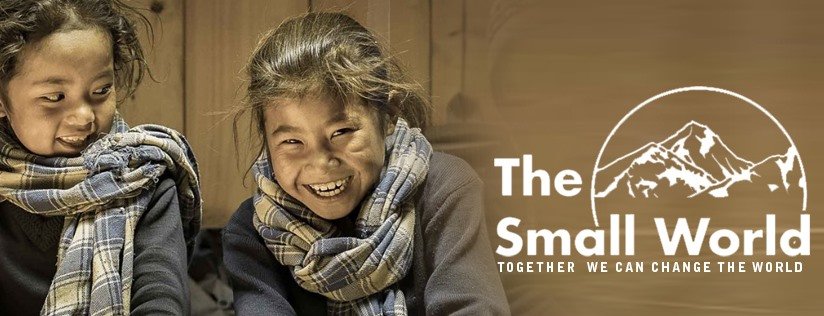Building Homes
Building “One Home One Toilet”
CAN YOU IMAGINE LIFE WITHOUT SANITATION?
It’s out of order! One in three people around the world don’t have somewhere safe to go to the toilet. Indeed, poor sanitation is one of the world’s biggest killers: it hits women, children, and elderly and sick people the hardest. Every minute, three children under the age of five die because of dirty water and lack of proper sanitation. And, right this minute, around half the people in the world have an illness caused by bad sanitation.
Sanitation comes under the World Health Organization’s target “7-C” of Millennium Development goals and is stated as “Halve, by 2015, the proportion of the population without sustainable access to safe drinking water and basic sanitation” (WHO, 2012). WHO has found that the progress in achieving this target is slow world wide, as both rural and urban sanitation efforts have not reached a satisfactory level due to increasing population. In 2010, it was found that 2500 million people did not have access to improved sanitation and 72% of these were rural people (WHO, 2013).
In Nepal, half of the young girls who drop out of school do so because the school hasn’t separate toilets for boys and girls. Not having a safe place to relieve oneself puts people at risk of being bitten by snakes and attack by wild animals as they squat in the grass and bushes; besides this, women and girls also become a target for sexual assault if they go to the toilet in the open.
Similarly, in the remote parts of Nepal where The Small World is working, because of the lack of awareness and bad sanitation, women, children, and the elderly usually get sick from diarrhea, dysentery etc. This can result in a big financial crisis in the family, as well as requiring walking several days to a hospital, and the possibility of death, anyway – which also causes great sorrow and depression in surviving family members, and all this just from not having good sanitation!
HOW CAN WE MAKE A DIFFERENCE TOGETHER?
Providing people with clean water and basic sanitation is one of the most cost-effective ways to release people from poverty: for every $10 spent on water and sanitation, $15 is returned through saved time, increased productivity and reduced health costs.
We are currently working in Taksindu VDC in Solukhumbu district in the Everest region, building over 300 toilets to make Taksindu Village Development Community Open Defecation Free Area – helping to build “one home one toilet” for proper sanitation.
In addition, we are running several awareness programs in every school, where we teach about sanitation, organize group meetings with community members with presentations, provide necessary materials, technical support, and education about the importance of the proper use of a toilet.



